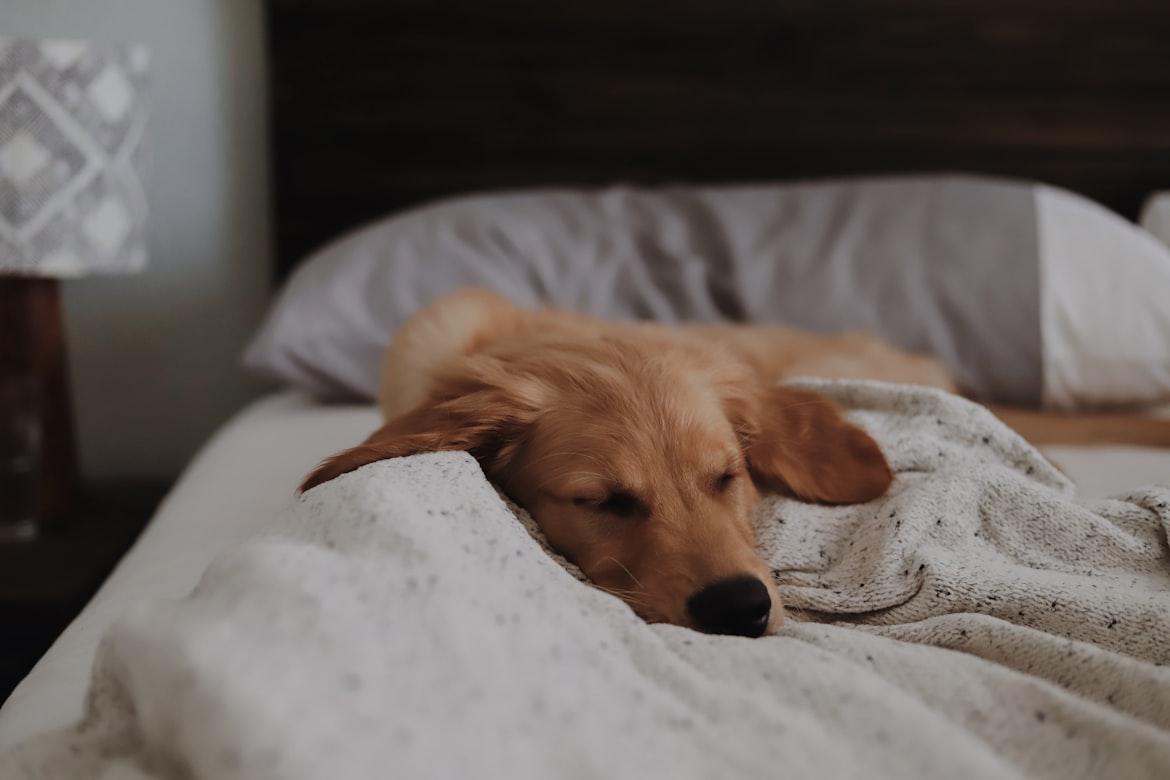Anesthesia Side Effects in Dogs
Wednesday, December 8, 2021 13:03:27 PM America/Los_Angeles
Having a dog go under can be scary for both dogs and their humans. It’s nerve-wracking for dog parents and extremely disorienting for dogs who may not have a clear understanding of why they feel the way they do after coming home from the vet. Some basic info on its side effects can help dog owners make care and recovery at home as comforting as possible.
Photo by Amy Humphries
How Does Anesthesia Affect Dogs?
Below are some of the common side effects of anesthesia for dogs. Note that many dogs may not experience all symptoms, while some may experience none at all other than feeling a little groggy.
- Sleepiness or grogginess
- Nausea
- Disorientation or dizziness
- Behavioral changes
- Difficulty maintaining body temperature
Keep in mind that dogs should still be able to respond and easily roused from sleep after anesthesia. A vet should be contacted immediately if there are any concerns about the anesthesia’s effects.
Prepare for In-home Care
The procedure was the hard part, but dog parents aren’t quite off the hook yet. Until the anesthesia wears off, some adjustments may need to be made to help dogs get situated at home. Keeping the basics like a water bowl and pee pad nearby is a good idea. As dogs may be disoriented after anesthesia, having essentials such as a pet potty close to their resting area can help them take care of business with minimal effort.
In addition, anesthesia can affect a dog’s ability to maintain their body temperature. Having a self-warming bed or cozy bedding can be comforting for dogs who are still undergoing the effects of anesthesia. Placing a pee pad under the bedding or a waterproof blanket can be helpful in case there are any potty accidents.
If your dog will be experiencing reduced mobility due to a procedure, an indoor dog bathroom like Bark Potty can be worth subscribing to while they recover. For more post-surgery tips for dogs, read our post here!
